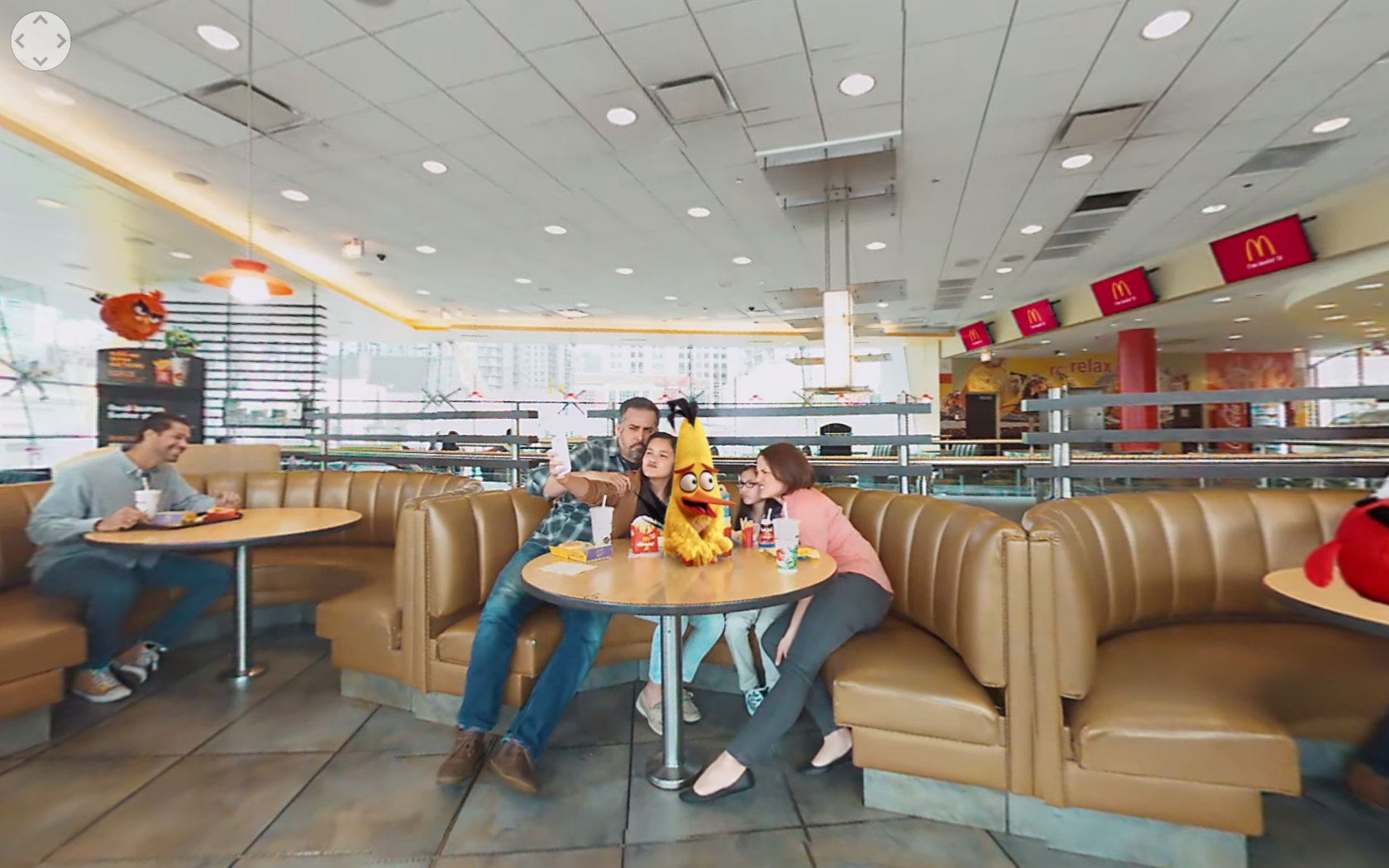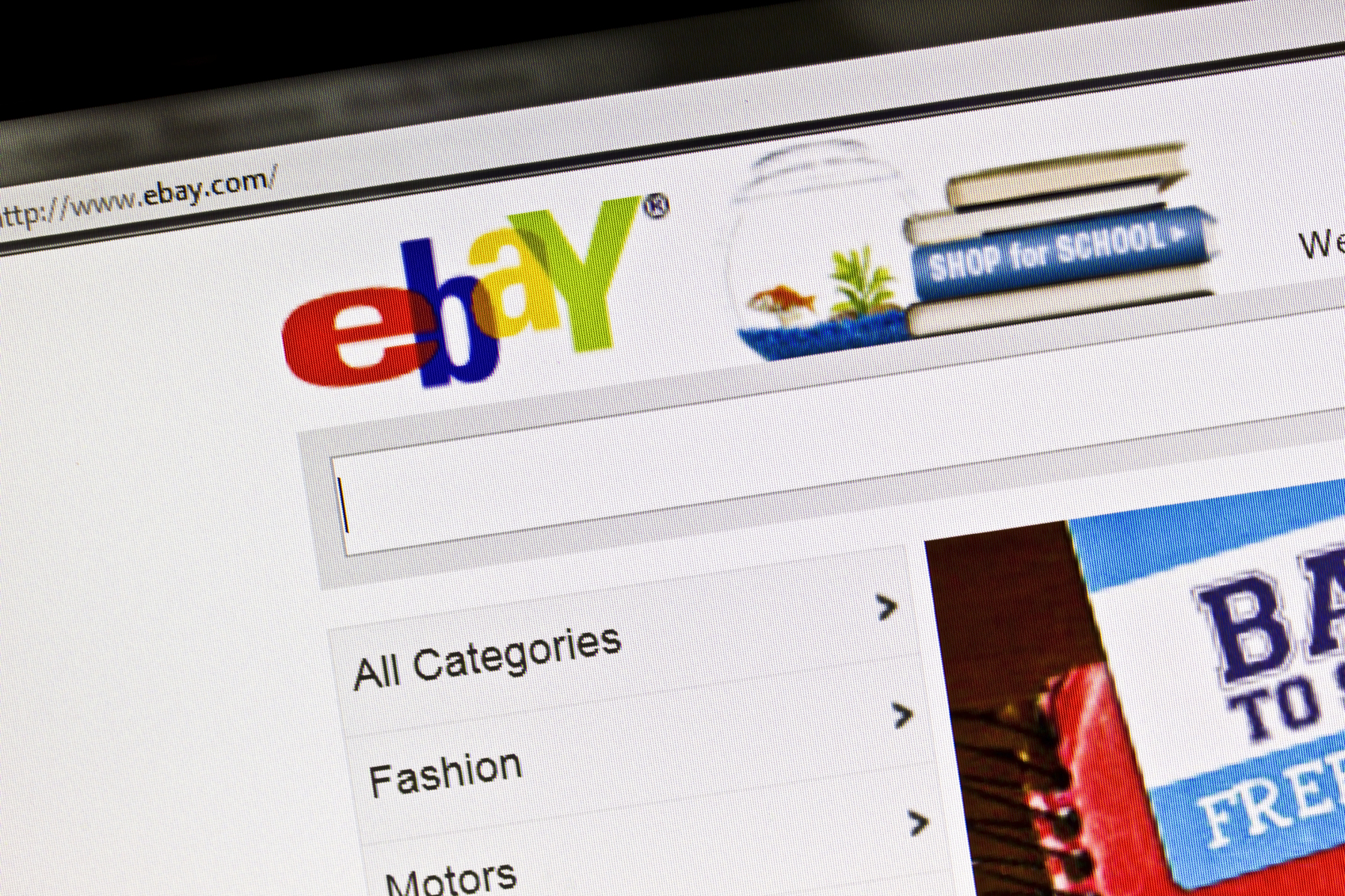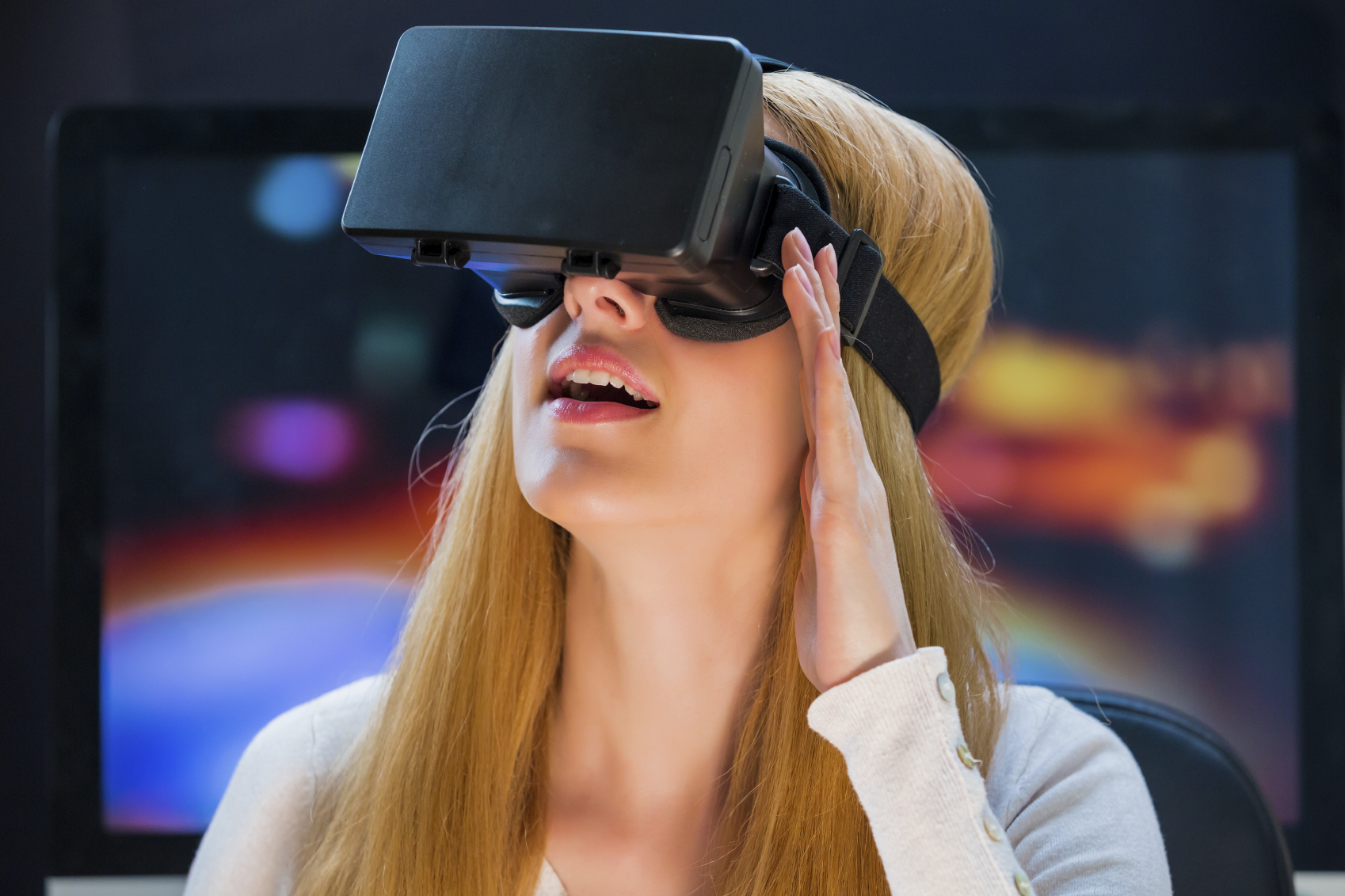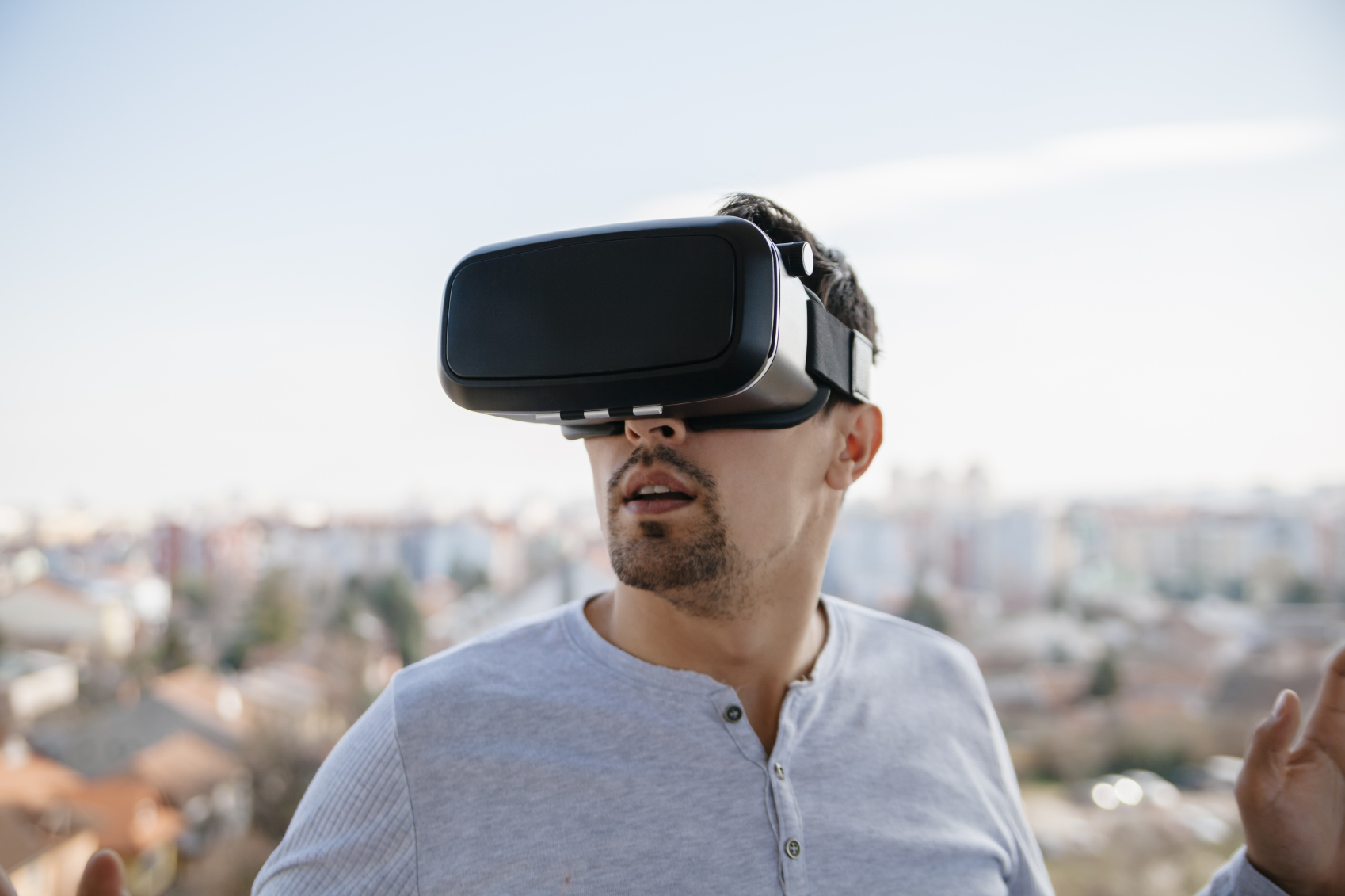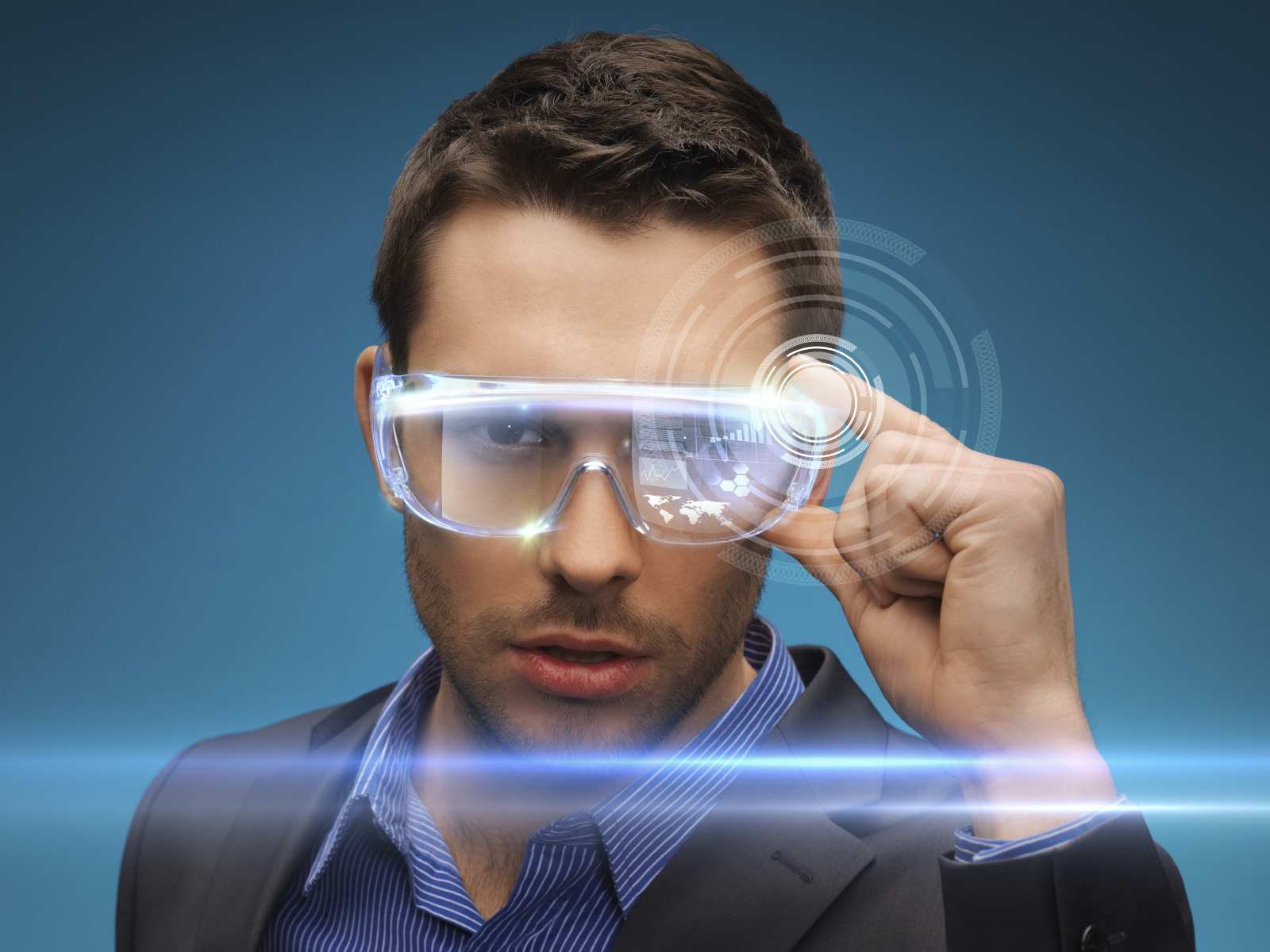What Happened
Adtile, an ad tech startup that focuses on incorporating smartphone sensor data into the mobile ad experience, announced a product called Adtile 360 that delivers 360-degree videos. The new ad product will allow brands to create 360-degree video ads that have adjustable viewpoints based on how the user is holding their device.
What Brands Need To Do
With 360-degree video content quickly gaining momentum and mainstream platform support, virtual reality is primed to become the next frontier for ads. Unlike other emerging platforms, however, VR and 360-degree videos are not easy to produce, and the ad network infrastructure is still very much in its infancy. It is commendable that Adtile is pioneering a 360-degree video ad unit that early adopting brands can dip their toes into. For other brands, we suggest working with content creators to build up a library of branded VR content to engage with the audience.
Source: VentureBeat


